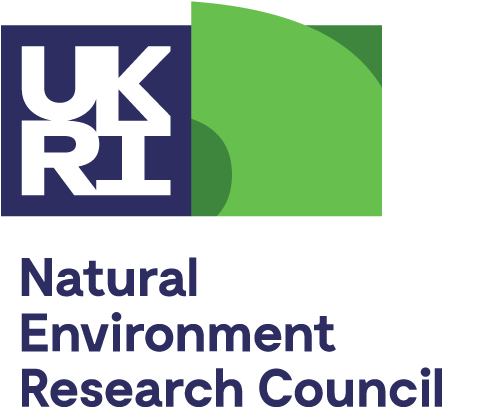NERC invests in new technologies, equipment, infrastructure, facilities and estates to maintain and strengthen the excellence and impact of UK environmental science.
This includes providing capital support for our existing assets as well as identifying new priorities, including those at:
- our research centres
- universities
- other research organisations.
NERC makes capital investments either as part of a grant or as a direct capital investment.
NERC definition of capital for funding applications
NERC considers capital to be the creation or purchase of an asset that:
- has a useful life exceeding one year
- costs more than £25,000.
An asset can be anything from equipment to buildings, from IT software to supercomputers.
What can be funded as capital
Items over £25,000 with a life exceeding one year can be funded as capital.
Capital can include labour and development costs associated with the creation of the asset. This may include costs for:
- transport
- delivery
- installation.
Items that form a suite of equipment totalling more than £25,000, but which individually are less than £25,000, may be funded as capital. All components must all be necessary for the task proposed.
A clear case must be made as to how any suite of equipment will collectively form a single asset.
What cannot be funded as capital
The following are not in scope for capital funding:
- items under £25,000
- items with a life expectancy of less than one year
- staffing after the creation of the asset such as resourcing related to operation
- insurance and servicing
- user training after the asset’s creation
- routine replacement and, or, repair of assets, such as:
- building repairs
- maintenance
- scheduled replacement of standard equipment
- costs related to rent or leasing.
Applications to NERC capital funding opportunities must adhere to any specific additional requirements stated in the specific funding opportunity.
Ask a question about NERC capital funding
Email: capitalrequirements@nerc.ukri.org
We aim to respond within five working days.
Last updated: 12 May 2025


